June 17, 2025 | 15:38 GMT +7
June 17, 2025 | 15:38 GMT +7
Hotline: 0913.378.918
June 17, 2025 | 15:38 GMT +7
Hotline: 0913.378.918
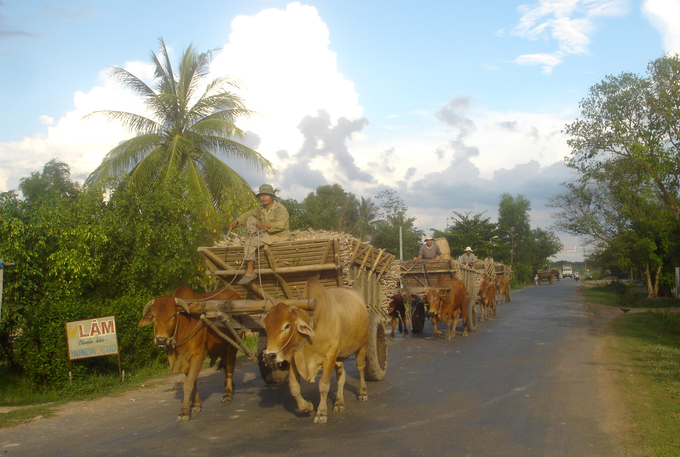
The transportation of cassava on a rural road in Tay Ninh. Photo: Son Trang.
According to the Vietnam Cassava Association, the vast majority of cassava processing factories in Northern Vietnam have ceased operation and subsequently ended the 2022-2023 production year prematurely. The current amount of inventory in factories is not substantial, so factories with available financial resources will maintain a steady sales volume until the new crop in August 2023.
Due to the scarcity of late-crop cassava, fresh cassava prices in the Central and Central Highlands are exceptionally high. Many local factories were forced to halt production as a result of the high price as well as a shortage of cassava raw materials compared to the 2021-2022 crop.
The source of raw cassava was depleted prematurely this year because the cassava mosaic virus has reduced the yield in many key growing areas.
According to Tay Ninh Department of Agriculture and Rural Development, the cassava mosaic virus was discovered in the first quarter of 2023. The virus has caused heavy damage to 22,212 hectares of cassava, which is comprised mainly of the 2022-2023 winter-spring crop. Consequently, the total production area in the province affected by the cassava mosaic virus reached 31,106 hectares. Tay Ninh was the first province in Vietnam to spot the mosaic disease on cassava. Over the past few years, more than 80% of the cassava production area in Tay Ninh has regularly suffered from cassava mosaic virus to varying degrees.
In addition to mosaic disease, Tay Ninh's cassava is threatened by several other pests. Namely, it is currently the dry season in Tan Chau district; the intense and dry heat has created a hospitable environment for various pests on cassava such as red spider mite, mealybug, pink powder mealybug, etc.
Due to the high price of cassava raw materials, Vietnamese factories had to increase their selling prices for cassava starch, cassava chips among many other products. The current price of cassava chips exported to Korea via Quy Nhon port is 355 USD per ton; the price of cassava chips to China is 305 USD per ton. At the Ho Chi Minh City port, the export price for one ton of cassava starch ranges from 515 to 535 USD.
The Vietnam Cassava Association reported that although export prices have increased in recent weeks, they have not caught up with the increase in raw cassava prices. As a result, cassava production in many Vietnamese factories has decreased by 30 to 35% compared to that of the 2021-2022 crop year. Subsequently, cassava starch is forecast to be in short supply until the 2023-2024 crop.

Farmers spraying pesticides to prevent the Cassava mosaic virus. Photo: Son Trang.
It is worth noting that the Chinese buyers' counteroffers were consistently lower than those of the Vietnamese cassava chip exporters until recently when it was hiked up considerably. The number of goods delivered through ports and border gates also increased accordingly.
During the first months of 2023, China increased its purchases of cassava and cassava products from Vietnam after this market lifted its strict Covid-19 quarantine measures. Vietnamese cassava and cassava products exported to the Chinese market consist mainly of cassava starch and dried cassava chips.
According to the General Department of Customs, Vietnam exported 660 thousand tons of cassava and cassava products to China in the first two months of 2023, which is worth 248 million USD, up by 37.1% in volume and 23.4% in value over the same period in 2022. Exports of cassava and cassava products to the Chinese market accounted for 93.8% of Vietnam's total export of cassava and cassava products in the first two months of 2023.
According to the Import-Export Department under the Ministry of Industry and Trade, high global inflation has made China the most potential destination for Vietnam's cassava and cassava products thanks to the increasingly high demand, close proximity, and lower logistics costs compared to exporting to other markets. On the other hand, the supply and prices of corn and wheat are both directly affected by Ukraine - Russia crisis. Global demand for cassava is forecast to raise exponentially in the immediate future.
China's demand for cassava and cassava starch is expected to remain high as this market is aiming to strengthen its food and grain reserves for consumption. In addition, the energy and feed industries have recently converted to importing cassava products as substitutes. This is an excellent opportunity for Vietnamese businesses to promote the export of cassava and cassava starch to the Chinese market.
Translated by Nguyen Hai Long
/2025/06/17/2013-1-nongnghiep-112009.jpg)
(VAN) This notable growth trend reflects the global taste for fresh, nutritious fruits and the expanding use of lychees across various sectors.
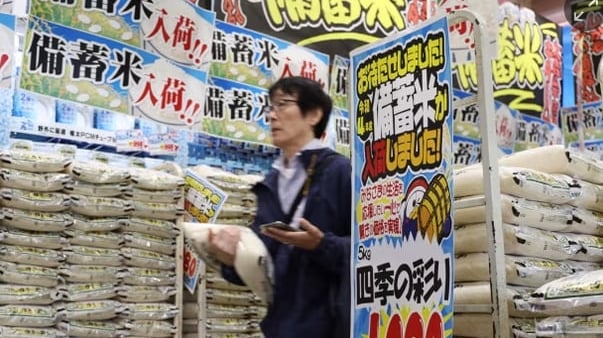
(VAN) The political and cultural insulation of Japan’s beloved grain is falling apart, and experts warn the country’s relationship with the staple will have to adapt.
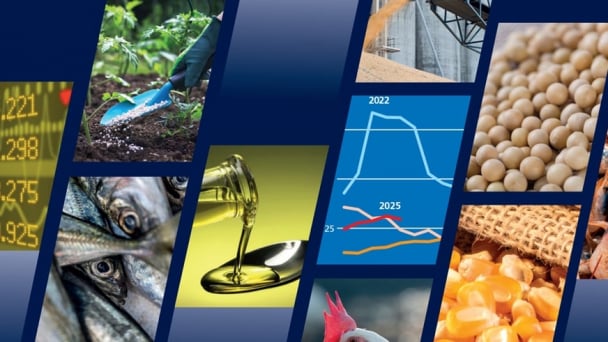
(VAN) Noting risks, report examines impacts of avian influenza, changing trade patterns since 2022, fish fraud, and shipping industry’s net-zero goals.
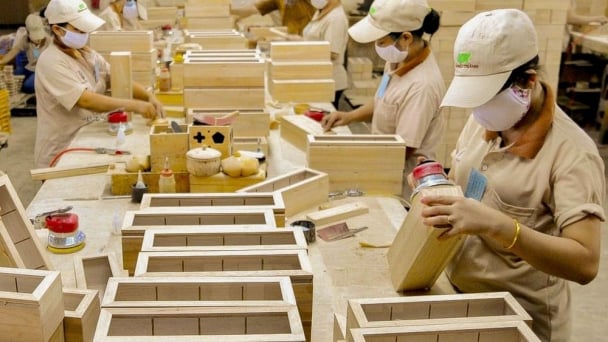
(VAN) Mr. Tran Quang Bao, General Director of the Forestry and Forest Protection Department, met and worked with the International Wood Products Association to promote cooperation in the field of timber trade.
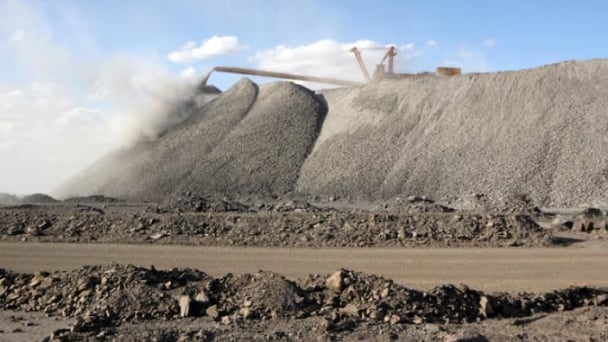
(VAN) China's outbound shipments of rare earths in May jumped 23% on the month to their highest in a year, though Beijing's export curbs on some of the critical minerals halted some overseas sales.
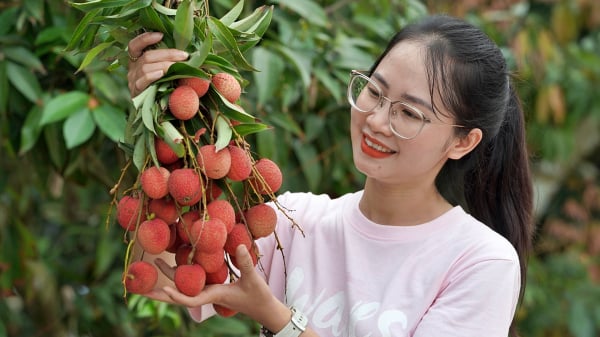
(VAN) To sustain capital flow, administrative reform alone is not enough; what farmers truly need is an ecosystem where both government and businesses grow together in support.

(VAN) Vietnam and the United States are proactively working together, each in their own way, to ensure that every container of agricultural goods carries not just products, but also long-term trust and value.